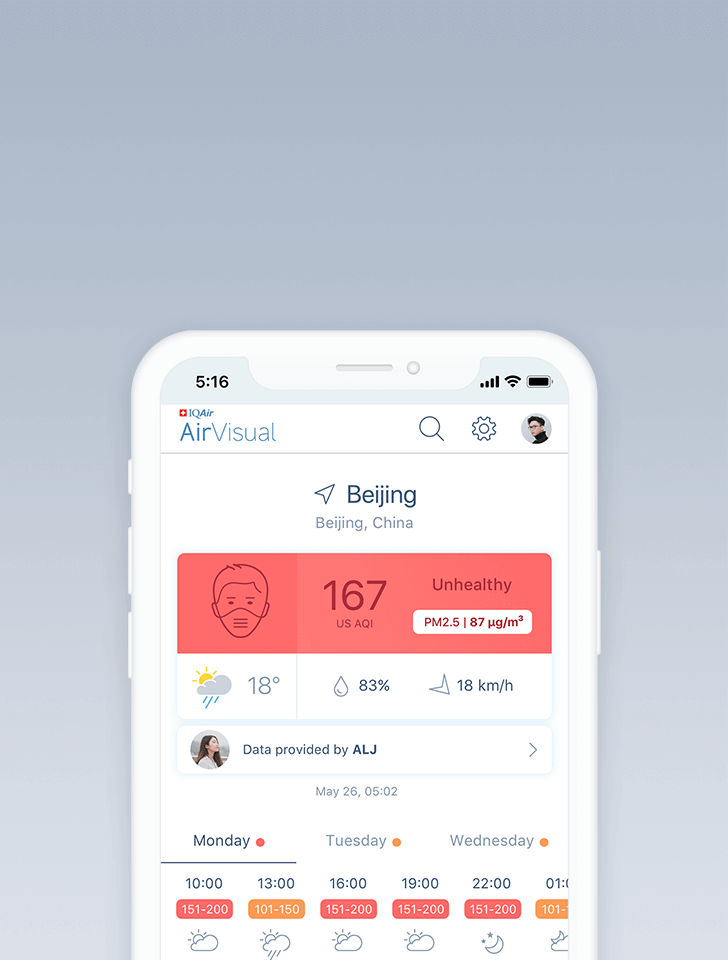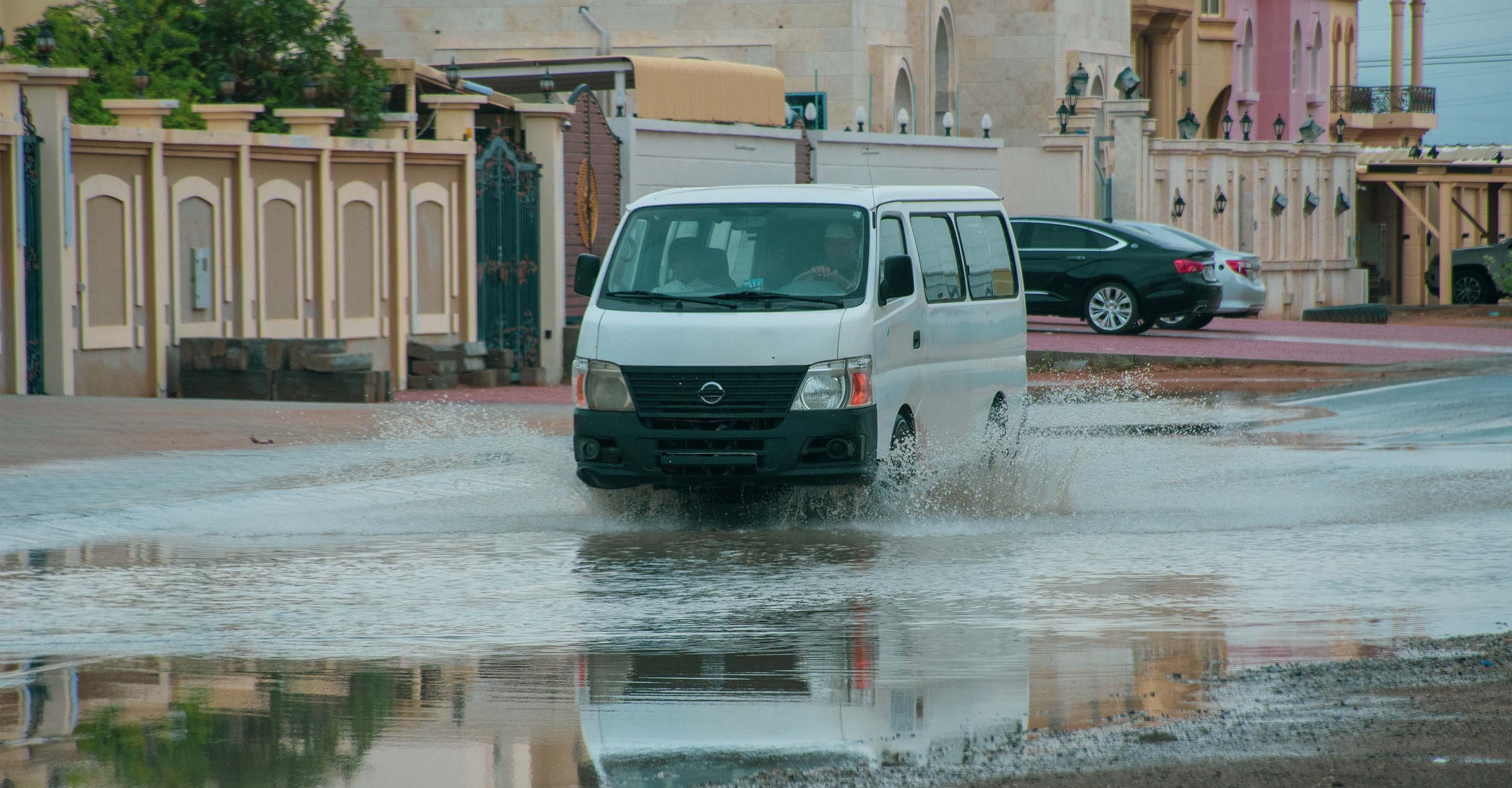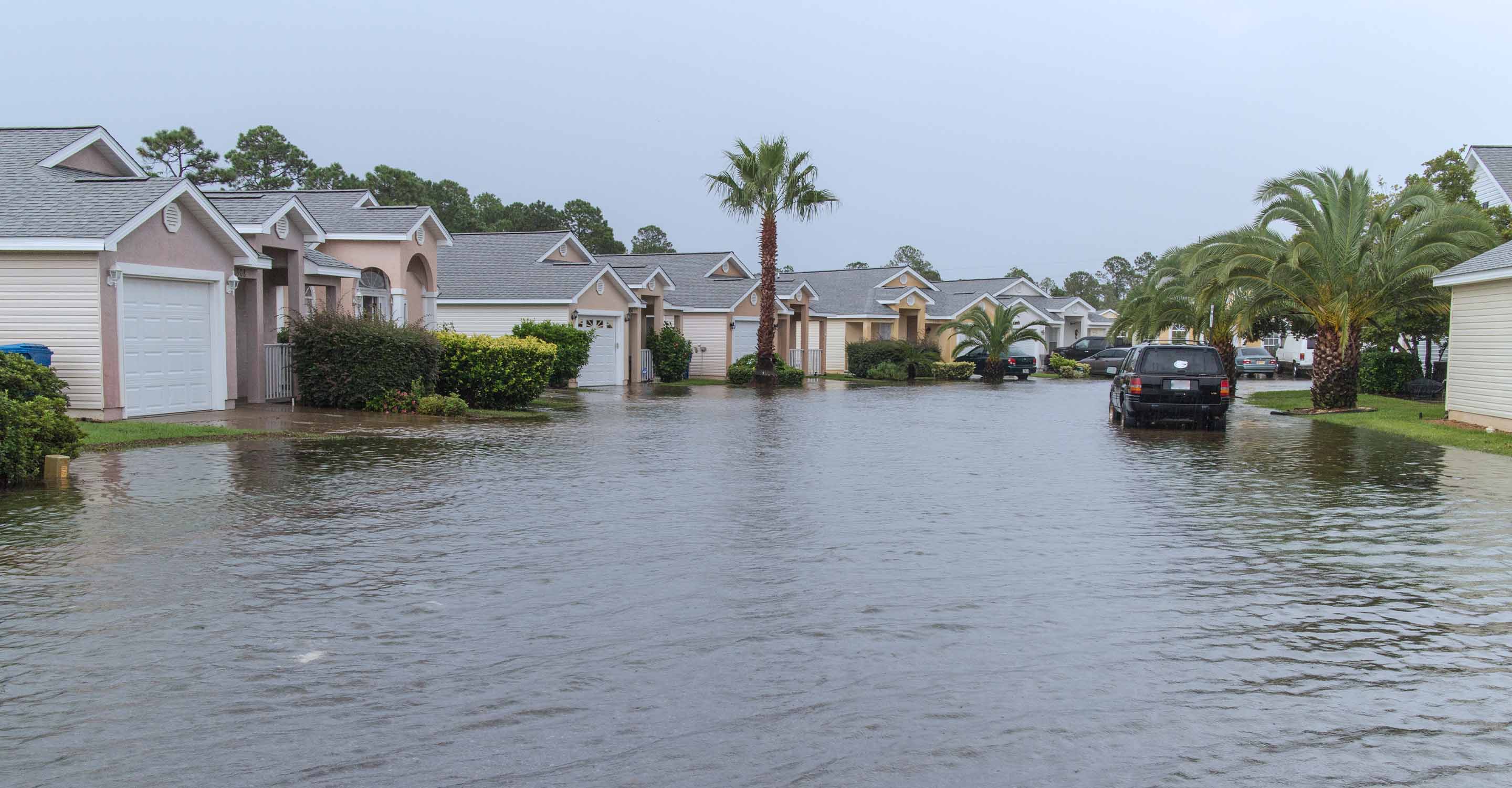Air quality in Shijiazhuang
Air quality index (AQI) and PM2.5 air pollution in Shijiazhuang
92.9K people follow this city

Shijiazhuang Air Quality Map
Real-time Shijiazhuang air pollution map
Weather
What is the current weather in Shijiazhuang?
| Weather | Clear sky |
| Temperature | 75.2°F |
| Humidity | 9% |
| Wind | 6.6 mp/h |
| Pressure | 29.7 Hg |
live aqi city ranking
Real-time China city ranking
| # | city | US AQI |
|---|---|---|
| 1 | Xianyang, Shaanxi | 646 |
| 2 | Baoji, Shaanxi | 471 |
| 3 | Xian, Shaanxi | 424 |
| 4 | Jieshou, Anhui | 389 |
| 5 | Bozhou, Anhui | 334 |
| 6 | Tongchuan, Shaanxi | 296 |
| 7 | Xiangyang, Hubei | 245 |
| 8 | Shangqiu, Henan | 216 |
| 9 | Xinyang, Henan | 216 |
| 10 | Nanyang, Henan | 191 |
(local time)
SEE WORLD AQI RANKING3D animated air pollution map

live Shijiazhuang aqi ranking
Real-time Shijiazhuang air quality ranking
| # | station | US AQI |
|---|---|---|
| 1 | Zhengding Xian | 97 |
| 2 | Zhengdianlong Elementary School | 84 |
| 3 | High-Tech Zone | 65 |
| 4 | Luquan No.1 Middle School | 63 |
| 5 | Xinghe Road Luancheng district , Shijiazhuang | 61 |
| 6 | Wuji Guardianship Bureau | 57 |
| 7 | 22 Central South Campus | 55 |
| 8 | Shenze Huali Building | 55 |
| 9 | Xinhua | 55 |
| 10 | Qiaoxi Century Park | 53 |
(local time)
SEE WORLD AQI RANKINGUS AQI
38
live AQI index
Good
Overview
What is the current air quality in Shijiazhuang?
| Air pollution level | Air quality index | Main pollutant |
|---|---|---|
| Good | 38 US AQI | O3 |
| Pollutants | Concentration | |
|---|---|---|
| PM2.5 | 5µg/m³ | |
| PM10 | 39µg/m³ | |
| O3 | 94µg/m³ | |
| NO2 | 4.5µg/m³ | |
| SO2 | 3µg/m³ | |
| CO | 200µg/m³ | |
PM2.5 concentration in Shijiazhuang air currently meets the WHO annual air quality guideline value
Health Recommendations
What is the current air quality in Shijiazhuang?
| Enjoy outdoor activities | |
| Open your windows to bring clean, fresh air indoors GET A MONITOR |
Forecast
Shijiazhuang air quality index (AQI) forecast
| Day | Pollution level | Weather | Temperature | Wind |
|---|---|---|---|---|
| Saturday, Apr 20 | Moderate 96 AQI US | 75.2° 53.6° | ||
| Sunday, Apr 21 | Unhealthy for sensitive groups 131 AQI US | 78.8° 55.4° | ||
| Monday, Apr 22 | Unhealthy 156 AQI US | 80.6° 57.2° | ||
| Today | Good 38 AQI US | 75.2° 57.2° | ||
| Wednesday, Apr 24 | Moderate 80 AQI US | 86° 51.8° | ||
| Thursday, Apr 25 | Unhealthy for sensitive groups 132 AQI US | 95° 64.4° | ||
| Friday, Apr 26 | Unhealthy for sensitive groups 123 AQI US | 93.2° 64.4° | ||
| Saturday, Apr 27 | Unhealthy for sensitive groups 121 AQI US | 82.4° 64.4° | ||
| Sunday, Apr 28 | Unhealthy for sensitive groups 131 AQI US | 78.8° 60.8° | ||
| Monday, Apr 29 | Moderate 69 AQI US | 66.2° 57.2° |
Interested in hourly forecast? Get the app
AIR QUALITY ANALYSIS AND STATISTICS FOR Shijiazhuang
What is the level of air pollution in Shijiazhuang?
Shijiazhuang which was formerly known as Shimen is the capital and largest city of China's Hebei Province located in northern China approximately 266 kilometres southwest of Beijing. In 2019 the estimated population was just over 11 million people with around 4 million living in the central metro area.
As a result of industrialisation and infrastructural developments, the population of the metro area has more than quadrupled in the last 30 years. From 2008 until 2011 Shijiazhuang undertook a massive reorganisation plan for the city which included the development of green areas, new buildings and an extension to the road network. A railway station, airport and a subway system were also inaugurated around that time.
Despite having a reputation for much-polluted air, in the second quarter of 2021, Shijiazhuang was experiencing a period of “Moderate” air quality with a US AQI reading of 57. This classification is in line with the recommendations by the WHO (World Health Organisation). The measured concentrations of the pollutants were as follows: PM2.5 - 15 µg/m³, PM10 - 33 µg/m³, ozone (O3) - 78 µg/m³, nitrogen dioxide (NO2) - 12 µg/m³, sulphur dioxide (SO2) - 5 µg/m³ and carbon monoxide (CO) - 328 µg/m³. With levels as high as these, the advice would be to close doors and windows to stop the dirty air from getting inside and those of a sensitive disposition should avoid going outside until the air quality improves.
Is the level of air pollution the same all year round in Shijiazhuang?
Looking back at the latest figures released by the IQAir website for 2020, it can be seen that the winter months are the worst for poor quality air. January, in particular recorded figures that were “Very unhealthy” with a figure of 153.9 µg/m³. The other winter months of November, December and January were poor with readings of between 55.5 and 150.4 µg/m³ which classified the air as being “Unhealthy”. From the beginning of March until the end of July saw an improvement when the readings were classed as being “Unhealthy for sensitive groups” with figures between 35.5 and 55.4 µg/m³. This was also the case with October. The cleanest months were those of August and September when the air quality was “Moderate” with readings between 12.1 and 35.4 µg/m³.
By studying the results from previous years, it can be seen that the quality of air is improving. Figures were first available in 2017 when the level was 98.8 µg/m³. In 2018 it dropped to 76.7 µg/m³ before dropping yet again in 2019 to 62 µg/m³. Finally, in 2020, the improved figure was recorded as being 57.6 µg/m³.
Where does the polluted air in Shijiazhuang come from?
The Beijing-Tianjin-Hebei region and surrounding areas are home to a large number of high-energy-consuming industries such as electricity, steel, building materials, non-ferrous metals, chemicals and coal. Diesel trucks and non-road machinery are used frequently, which are still national pollutants. The area with the highest emission intensity.
According to preliminary estimates, the sulphur dioxide emission intensity of Beijing-Tianjin-Hebei and surrounding areas is still 3.6 times the national average, and nitrogen oxide and smoke and dust emissions are 4 and 6 times the national average respectively. From the perspective of pollutant emission sources, electricity, coal-fired boilers, metallurgy, building materials, diesel trucks and off-road machinery are the main sources of pollution.
Since mid-November, some cities in the Beijing-Tianjin-Hebei region and surrounding areas have started heating, urban heating boilers and scattered coal heating stoves in rural areas have been gradually put into use, and coal-burning pollutants have begun to increase. It is estimated that after the Beijing-Tianjin-Hebei and surrounding areas enter the heating season, sulphur dioxide emissions will increase by nearly 50 per cent, and primary PM2.5 emissions will increase by about 30 per cent, especially organic carbon emissions, which are the main components of PM2.5, nearly doubled.
Can anything be done to improve the air quality in Shijiazhuang?
Air pollution control is a long-term process. The Shijiazhuang authorities proposed that it should vigorously implement the six pollution control measures of "less use of coal, suppression of dust, control of vehicles, relocation of enterprises, emission reduction, and greening" to promote significant improvement of air quality.
Promote the reduction of production capacity, complete the task of reducing the capacity of the coal power industry by 153,000 kilowatts by the end of the year, and ensure that the corresponding production equipment will stop pollutant discharge by the end of September. We will strengthen clean energy heating. By the end of October, 33,600 households will be replaced by electricity and 84,300 households will be replaced by gas. The replacement of loose coal for living and winter heating in plain areas will be basically completed, and the clean heating rate in the main urban area will reach 100 per cent.
100 electric buses have been introduced. The relocation of enterprises is also proceeding in an intense and orderly manner. Of the 4 companies that plan to complete the relocation this year, two have been demolished, one is preparing a relocation plan, and the other plans to complete the relocation and renovation in the near future.
It is not only the "subtraction" of energy-saving and emission reduction but also the "addition" of planting trees to increase greenness. As of the end of May, Shijiazhuang has built up 4.7 million square meters of green space and planted 3.5 million trees and shrubs.
The control of dust is also something the local authorities are tackling.
How is air pollution detrimental to health in Shijiazhuang?
The composition of haze is very complex. Among them, aerosol particles with a diameter of less than 10 microns, such as sea salt, sulphate, nitrate, fuel and automobile exhaust, are the main hazards to health, which can directly enter and adhere to the human respiratory tract and alveoli. The submicron particles may even deposit in the upper and lower respiratory tract, causing acute rhinitis and acute bronchitis. For patients with lung diseases such as chronic bronchitis, obstructive pulmonary emphysema, and chronic obstructive pulmonary disease, the haze weather can cause an acute attack or acute exacerbation of the disease. If you stay in a haze environment for a long time, lung cancer may also be induced.
A large number of particles, dust, pollutants, viruses, etc. float in the air. Once inhaled by the human body, it will stimulate and destroy the respiratory mucosa, dry the nasal cavity, and destroy the defence ability of the respiratory mucosa. Bacteria enter the respiratory tract and easily cause upper respiratory tract infection
Shijiazhuang air quality data attribution
Where is the cleanest air quality in Shijiazhuang?
- Luquan Shi 33
- Jingxing Mining District Committee Building 36
- People's Hall 36
- Xinji City Government 36
- Gaoyi County Government 37
- Yuanshi Power Supply Company 37
- Zhaoxian Wenguang New Bureau 37
- Luancheng Sixth Middle School 38
- Southwest Highway 38
- Xingtang Qiming Middle School 38
- Yuanshi County Government 38
- Gaoyi Town Government 39
- Lingshou Vocational Education Center 39
- Zhengding People's Procuratorate 39
- Xinle City Committee East Building 40
- Zhaoxian County Government 40
- Zhaoxian Environmental Protection Bureau 40
- Xinji Oil Production Plant No. 5 41
- Zhengding Shengli Street Elementary School 41
- Pingshan Yehe River 45
- Xinghe Road, Luancheng District 45
- Xinji Urban Management Brigade 47
- Lingshou Market Authority 48
- Qiaoxi Southwest Higher Education 50
- Zanhuang Middle School 51
- Xinle Experimental School 52
- Qiaoxi Century Park 53
- Shijiazhuang Century Park 53
- Zanhuang County Government 53
- 22 Central South Campus 55
- Shenze Huali Building 55
- Xinhua 55
- Wuji Guardianship Bureau 57
- Xinghe Road Luancheng district , Shijiazhuang 61
- Luquan No.1 Middle School 63
- High-Tech Zone 65
- Zhengdianlong Elementary School 84
- Zhengding Xian 97





